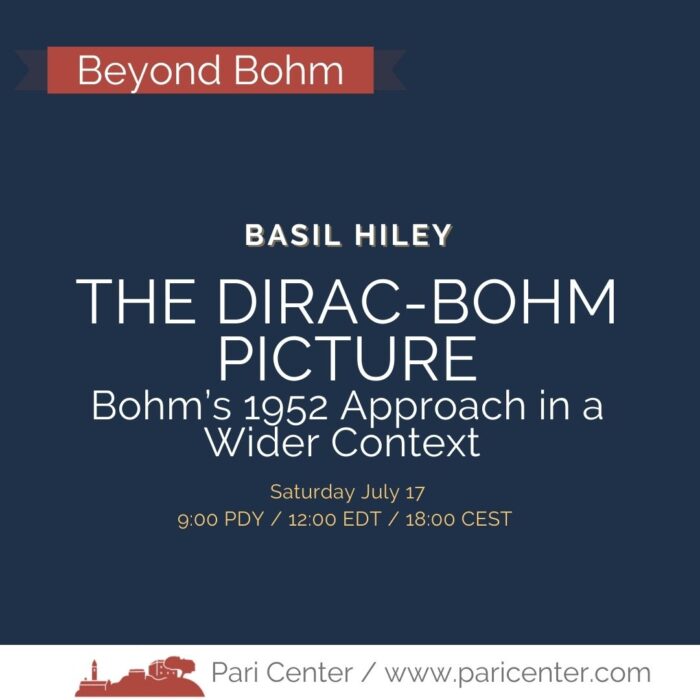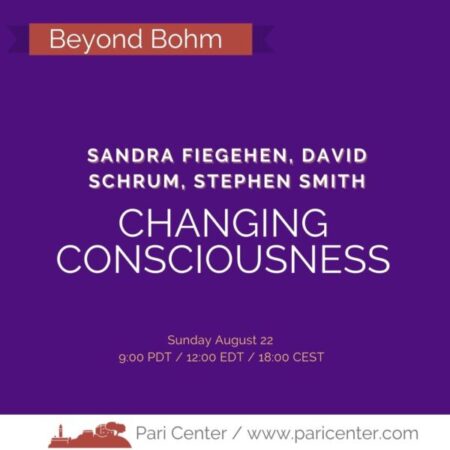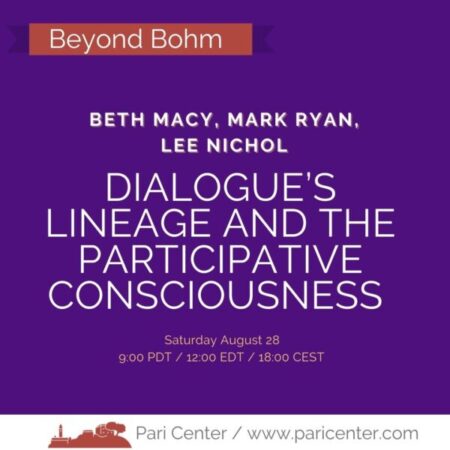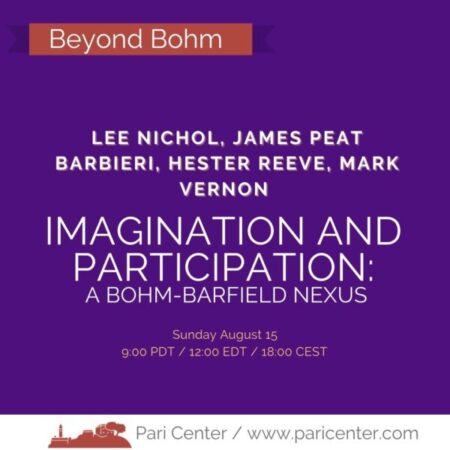Your cart is currently empty!
The Dirac-Bohm Picture: Bohm’s 1952 Approach In A Wider Context. Basil Hiley
€10,00
July 17, 2021 – It has recently been shown that the Bohm approach outlined in his 1952 work is not a new type of ‘mechanics’ but is unitarily equivalent, i.e. mathematically equivalent, to the Schrödinger approach, dealing directly with canonical coordinates (x, p) rather than through the intermediary ‘wave functions’. This fits in with the Stone-von Neumann theorem which explains why we already have the Schrödinger ‘picture,’ the Heisenberg ‘picture,’the interaction ‘picture,’ etc. We have called it the Dirac-Bohm ‘picture’ based on a non-commutative algebra: it is from this picture that Bohm’s ’52 approach emerges. The word ‘picture’ is here…
Related products
-
Changing Consciousness with Sandra Fiegehen, David Schrum and Stephen Smith
€10,00 -
Contextuality In De Broglie-Bohm And Beyond with Emily Adlam
€10,00 -
Creativity And The Artist with Jessica Ball, Alison Churchill, Emma Cocker and Hester Reeve
€10,00 -
Dialogue’s Lineage and The Transmission Of Participative Consciousness with Beth Macy, Mark Ryan and Lee Nichol
€10,00 -
Imagination and Participation: A Bohm-Barfield Nexus with Lee Nichol, James Peat Barbieri, Hester Reeve, Mark Vernon
€10,00






